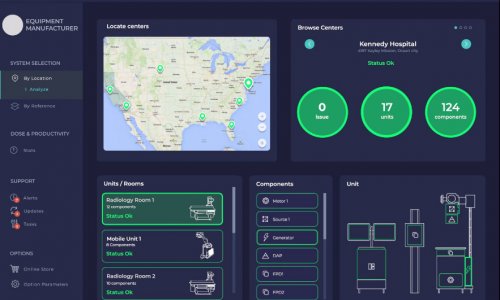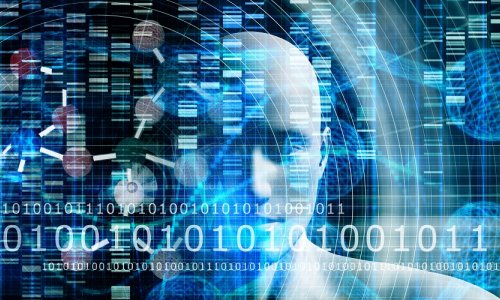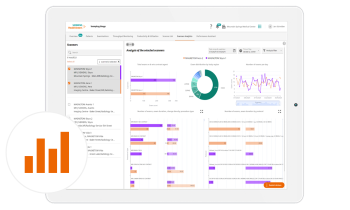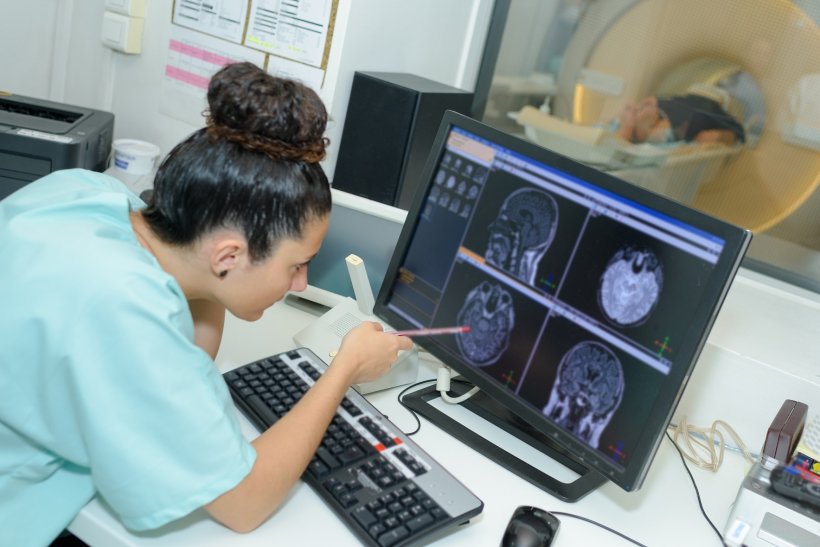
Source: Shutterstock/ALPA PROD
Article • Future of radiology
'Radiologists who do not use AI will be replaced by those who do'
Recent developments in artificial intelligence (AI) created a veritable hype. However, that initial awe was increasingly mixed with apprehension about the potential effects of AI on healthcare. In radiology, bleak dystopias are conjured up with AI replacing the human radiologist.
Report: Sascha Keutel

A scenario that Dr Felix Nensa, consultant at the Institute of Diagnostic and Interventional Radiology and Neuroradiology at University Essen, Germany, considers premature to say the least. ‘Artificial intelligence will not replace the radiologist,’ he says, adding: ‘Rather, radiologists who do not use AI will be replaced by those who do’. Deep Learning as an AI method is developing swiftly and today offers a superior approach to medical image analysis. In radiology it has become indispensable. Nevertheless the use of AI is under scrutiny and often the question arises ‘Should we be scared of AI? But ‘Who are “we”?’ asks Nensa, and points out that the use of AI will have a different impact on different actors in healthcare.
Man and machine – a powerful team
Obviously the ways radiologists work will change. AI will definitely become part of our professional life
Felix Nensa
Over recent years, data volumes in radiology, particularly in multi-slice imaging, have exploded. Radiology facilities would profit immensely from systems that can read multi-slice images quickly. ‘Radiologists are comparatively expensive specialists but, after all, they are human beings. AI applications can take over tedious tasks, such as counting and measuring metastases and/or enhance the diagnostic precision of such tasks. In the end the patients will benefit,’ Nensa points out, adding: ‘For our society that would be a great success, because it would mean better and maybe even cheaper healthcare.’
However, such benefits can only be realised with physicians who do not feel threatened by these developments and accept AI in their daily routine. ‘Obviously the ways radiologists work will change. AI will definitely become part of our professional life, for example to diagnose simple cases or to perform repetitive tasks,’ Nensa predicts. There is no reason to feel threatened, he underlines, because after all the tasks of a radiologist involve far more than reading images. Radiologists work on tumour boards, they treat diseases, e.g. with local ablations or interventional radiology, they arrive at diagnoses by analysing images and the medical history of patients and they talk to patients. ‘These are all activities that are not easily automated. Thus neither radiologists nor specialist physicians in other disciplines need to be worried about their job.’
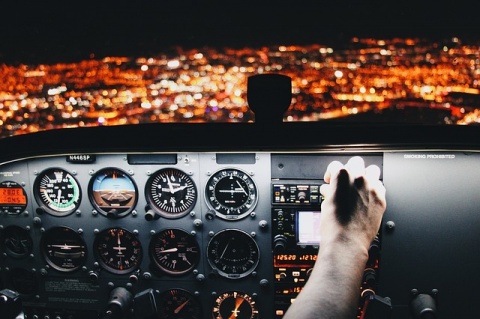
Nensa compares the situation to the introduction of autopilot systems in aviation: the technology did not replace human pilots but expanded their job description. If an airport is adequately equipped, aircraft can take off and land autonomously. ‘But honestly, who would dare take a plane without a pilot?’ Nensa asks. ‘AI is helpful when it comes to procedures that have been learned and practised thousands of times. But the moment something unexpected happens it’s by no means certain that an AI system will take the right decision. You remember the pilot a few years ago who landed his plane on the Hudson River? Would an autopilot system have been able to do this? Most certainly not!’
How will AI affect diagnostics, treatment and workflow? ‘I venture a guess that, in the long run, the diagnostic disciplines will move closer together. It’s been predicted before that radiologists and pathologists will evolve into information specialists. This will also hold true for lab and nuclear medicine to the extent that they are involved in diagnostics. Such a clinical information specialist will be in charge of diagnostics and cover all these areas. Consequently, specialists in other areas will focus on therapy.’
The curriculum must adapt
The role of AI instruments in radiology is hotly debated – which has led to statements such this, in 2016 by Geoffrey Hinton, that the radiologist training should be stopped immediately. ‘I most strongly disagree. I’m entirely convinced that, in 2021, we will need even more radiologists than are currently in training.’ Nonetheless, Nensa urges that the curriculum be revamped. ‘New training programs have to prepare medical students for this new reality. We need to teach junior radiologists how intelligent tools works and how they can help improve healthcare and how radiologists effectively monitor the application of these tools.’
11.11.2018



